Night vision cameras are extremely useful when it comes to monitoring your property, particularly during the night. However, using a night vision camera through glass can sometimes be challenging as it can cause glare and obscure imagery. In this blog post, we’ll be sharing some tips and tricks on how to use night vision camera through glass and get clear, crisp images.
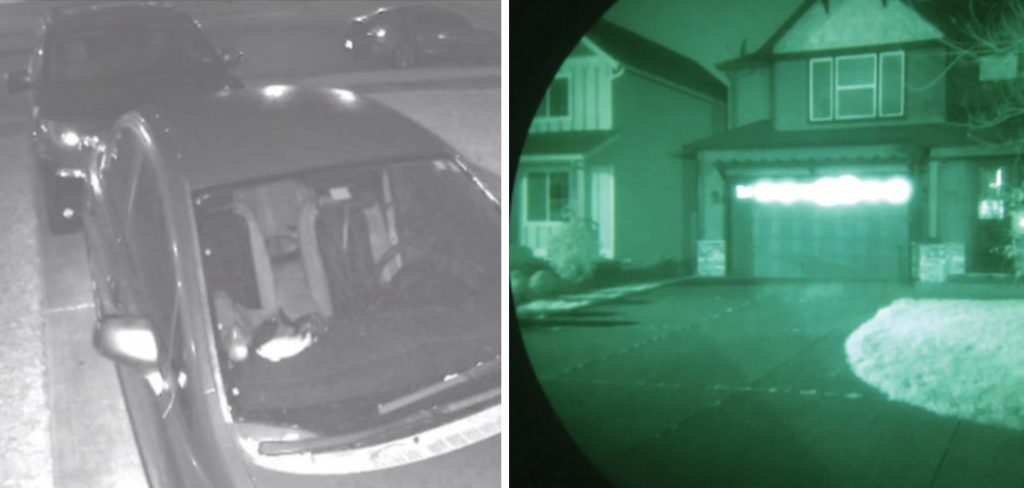
Can You Use a Night Vision Camera Through Glass?
Have you ever wondered if you can use a night vision camera through glass? The answer is both yes and no. While it is possible to use a night vision camera through glass, the quality of the image may be compromised. This is because glass can reflect, refract, and absorb the infrared light emitted by the night vision camera, which could distort or dim the image.
However, some night vision cameras have an adjustable focus feature that may help mitigate this issue. So, while it may be possible to use a night vision camera through glass, it ultimately depends on the camera’s quality and the glass’s type and thickness.
Why Should You Use a Night Vision Camera Through Glass?
Have you ever wondered what happens outside your window at night? If so, a night vision camera mounted through glass is the perfect solution. With this innovative technology, you can capture an entire nighttime world that you may have never seen before. Whether you want to monitor the wildlife outside, keep an eye on your property, or observe the starry night sky, a night vision camera through glass can help.
These cameras work by using infrared light to illuminate the outside world, which is then captured by the lens and displayed on a screen. With a crystal clear image, you can enjoy the wonders of the nighttime world without ever having to leave your home. It’s an incredible experience that everyone should try.
How to Use Night Vision Camera through Glass and Get Clear Images
1. Position the Camera Correctly
If you want to achieve clear images while using a night vision camera through glass, it’s crucial to position the camera correctly. Place the camera as close to the glass as possible, reducing the amount of light reflecting from the glass and improving image quality. Also, ensure that the camera is not facing any source of bright light, as this can cause glare and reflection.
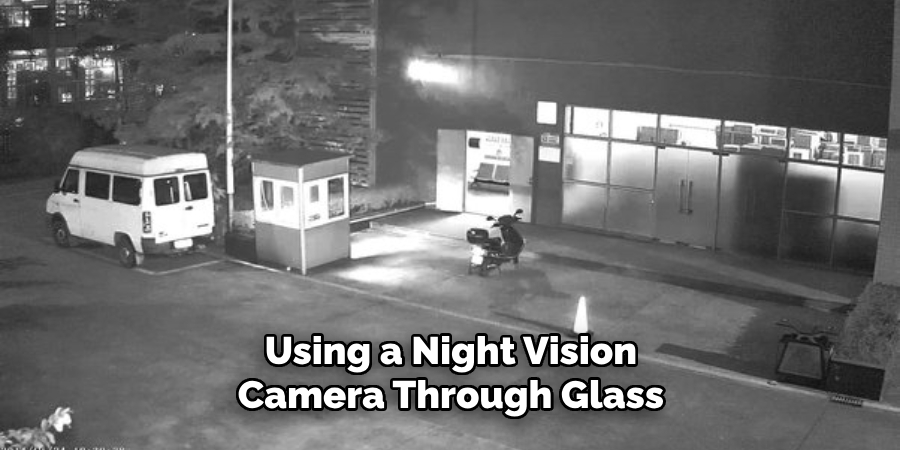
2. Clean the Glass Surface
A dirty glass surface can cause issues when using a night vision camera through it. Thus, cleaning the glass surface carefully before installing the camera is essential. Use a microfiber cloth to clean the glass and remove any fingerprint smudges. Also, avoid using ammonia cleaning agents, as they can damage the camera lens.
3. Adjust the Camera Settings
The settings on the night vision camera can also affect image clarity. Most cameras have an automatic switch that activates in low light, but sometimes, it’s necessary to adjust the settings manually. You can increase the images’ brightness, contrast, or sharpness to improve their quality. Consult the manual for your camera to learn how to adjust the settings manually.
4. Use an IR Illuminator
Sometimes, the night vision camera’s built-in IR (Infrared) illumination may not be sufficient to capture clearer images. You can use an external IR illuminator to enhance the camera’s capabilities in such instances. An IR illuminator will provide additional light and help the camera “see” through the glass more effectively.
5. Choose the Right Camera
Choosing the right night vision camera is vital in obtaining clear images through glass. Ensure the selected camera is designed for outdoor use and can handle various weather conditions. Additionally, choose a camera with a high-resolution lens for better image quality and effective night vision capabilities.
6. Consider Weather Conditions
Weather conditions can also affect the performance of a night vision camera through glass. Heavy rain or fog can reduce visibility and interfere with the camera’s ability to capture clear images. Therefore, it’s best to install the camera in areas that experience fewer weather disturbances.
7. Use Anti-Reflective Coating
Using an anti-reflective coating on the glass can significantly improve the performance of a night vision camera. The coating reduces glare and reflection, allowing more light to pass through the glass and reach the camera lens. This will result in clearer images, especially in low-light conditions.
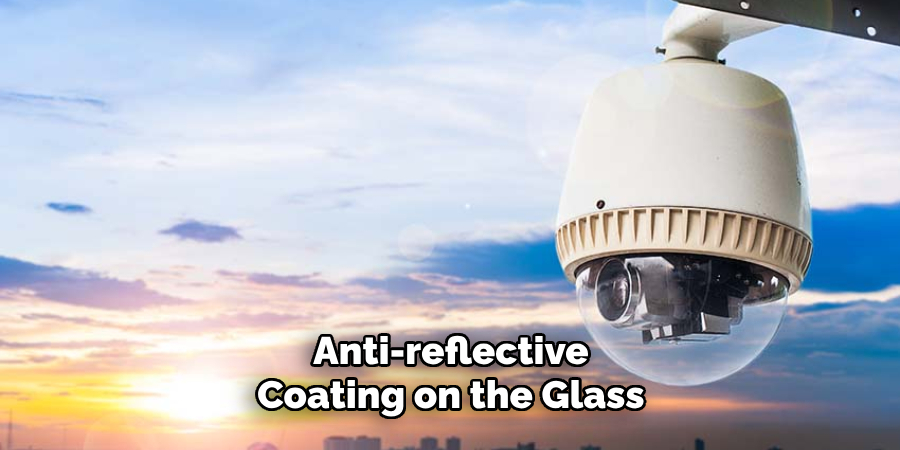
That’s it! You’ve now learned seven tips for how to use night vision camera through glass. Position the camera correctly, clean the glass surface, adjust the settings, use an IR illuminator, choose the right camera, consider weather conditions, and use an anti-reflective coating. Remember these tips when setting up your night vision camera to ensure clear and high-quality images every time.
5 Considerations Things When You Need to Use Night Vision Camera Through Glass
1. Light Conditions
When using a night vision camera through glass, it is important to consider the light conditions in the area. If too much ambient light, such as from street lamps or other sources, the image quality may be affected. Additionally, if there is not enough ambient light, then the camera may not be able to capture any images at all.
2. Glass Typ
Another important factor to consider when using a night vision camera through glass is the type of glass that is being used. Different types of glass will affect how well the camera can see through it. For example, tinted or mirrored glass may make it difficult for the camera to capture images clearly.
3. Camera Settings
It is also important to adjust the settings on your night vision camera when using it through glass in order to get the best image quality possible. The settings should be adjusted based on the type of glass and light conditions in order to ensure that you are getting clear images with minimal distortion or blurriness.
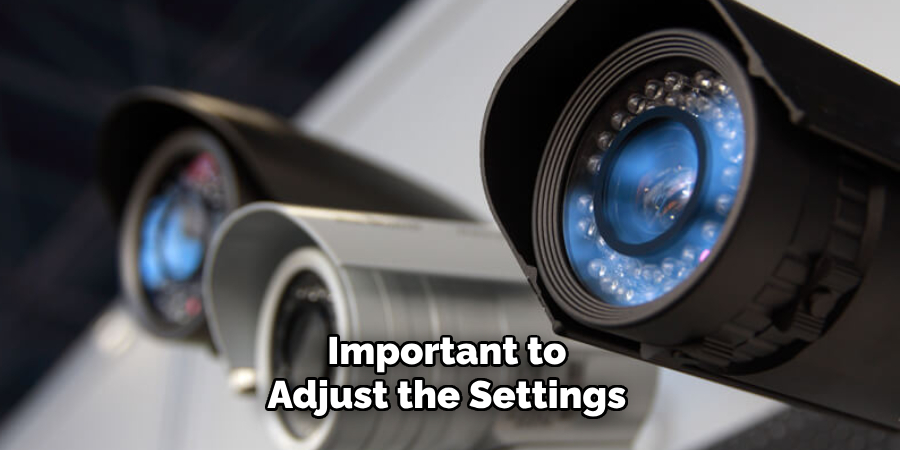
4. Camera Placement
The placement of your night vision camera can also impact its performance when used through glass. The camera should be placed at an angle that will allow it to capture images without obstructing other objects or furniture in the room. Additionally, if possible, try to place the camera closer to the window in order to reduce any distortion caused by reflections off of different surfaces within the room.
5. Lens Quality
Finally, it is important to consider the quality of the lens that you are using with your night vision camera when using it through glass. A higher-quality lens will help ensure that you get clear and crisp images no matter what type of glass you are looking through or what lighting conditions exist in your environment.
So, if you want to get the best results from your night vision camera through glass, it is important to invest in a good quality lens.
By keeping these considerations in mind, you can improve the performance of your night vision camera when using it through glass and capture clear and accurate images even in low-light situations. So, next time you need to use a night vision camera through glass, remember these tips.
With the right adjustments and equipment, you can get the best results and capture every detail with ease.
5 Benefits of Using Night Vision Camera Through Glass
1. Enhanced Visibility
One of the main benefits of using a night vision camera through glass is enhanced visibility. This type of camera uses infrared technology to allow you to see clearly in low light or even total darkness. This makes it perfect for any situation where normal cameras cannot capture clear images, such as when monitoring areas at night or during inclement weather.
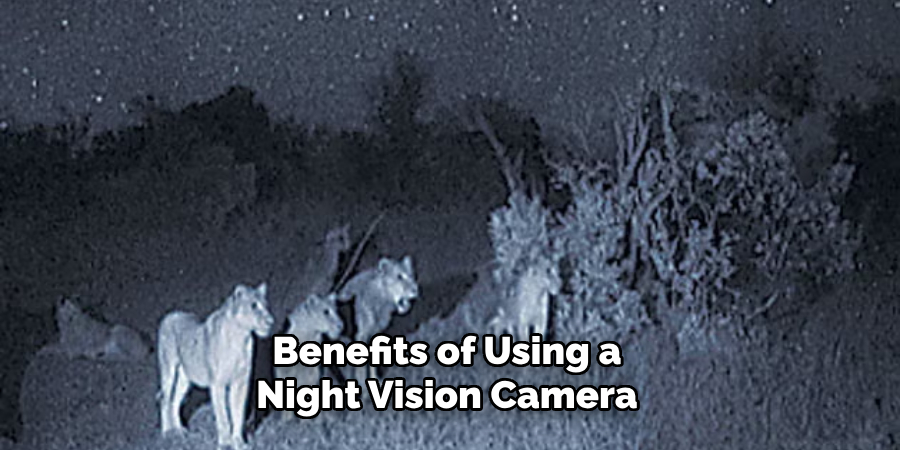
2. Increased Safety
Using a night vision camera through glass can also help increase safety in various situations. For example, if you are monitoring an area at night, you can easily identify potential threats before they become dangerous.
Additionally, if you are monitoring an area with hazardous materials or chemicals, the night vision camera will be able to detect any leaks or spills that may occur before they become dangerous.
3. Cost-Effective Solution
Another benefit of using a night vision camera through glass is that it is a cost-effective solution for many security and surveillance needs. Unlike other cameras, these cameras do not require additional lighting sources such as spotlights or floodlights to capture clear images. This means you can save money on energy costs while still receiving high-quality images and videos from your security system.
4. Durability and Reliability
A night vision camera through glass is also very durable and reliable, making it perfect for long-term use in harsh environments such as outdoors or in industrial settings. The camera’s casing is designed to withstand extreme temperatures and weather conditions without becoming damaged, ensuring that your security system functions properly no matter the conditions outside your home or business premises.
5. Versatility
Finally, a night vision camera through glass offers great versatility for many applications and environments. These cameras are small and lightweight enough to be used indoors or outdoors, making them perfect for residential and commercial security.
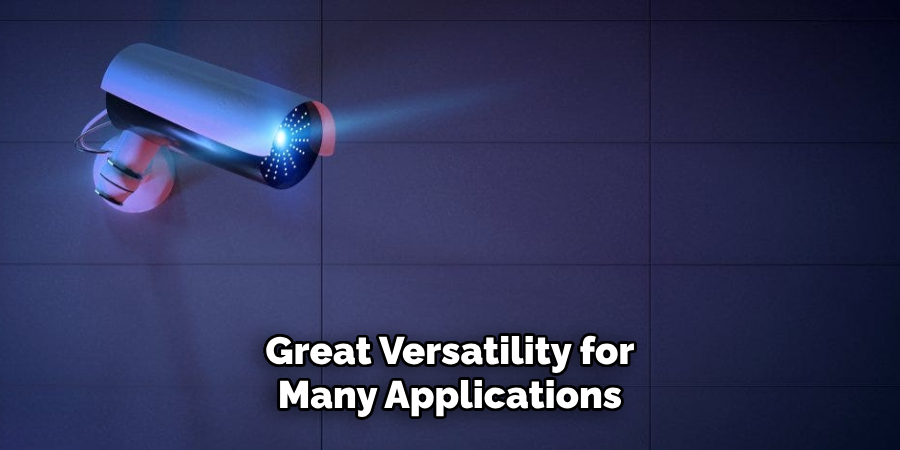
Additionally, these cameras are compatible with most existing security systems, so you don’t have to worry about purchasing new equipment just to add this feature to your system.
6 Common Mistakes People Make When Trying to Use Night Vision Camera Through Glass
1. Not Adjusting the Camera Settings Properly
One of the most common mistakes people make when using a night vision camera through glass is not adjusting the camera settings properly. It is important to adjust the camera’s focus, brightness, and contrast to ensure clear images. Additionally, it is important to adjust the shutter speed to capture moving objects without blurring them.
2. Not Using a High Quality Lens
Another mistake people make when using a night vision camera through glass is not using a high-quality lens. The lens captures light and focuses it onto your image sensor, so it is important to use one with good light transmission capabilities. Additionally, it is important to use a lens with a wide enough aperture to capture as much light as possible.
3. Not Cleaning the Glass
Before attempting to take photos or videos with your night vision camera through glass, it is important to clean the glass thoroughly. This will help ensure that there are no dirt or dust particles on the glass that could interfere with your images or videos. Additionally, cleaning the glass will help reduce reflections and glare, which could also affect your photos or videos.
4. Not Considering Lighting Conditions
When using a night vision camera through glass, it is also important to consider lighting conditions in your environment. If there are too many lights in the area, they may interfere with your images or videos by causing reflections or glare off of the glass surface. Additionally, if there are too few lights in the area, you may have difficulty capturing clear images or videos due to a lack of light reaching your image sensor.
5. Not Using an IR Filter
Using an infrared (IR) filter when taking photos or videos with your night vision camera through glass can help improve image clarity and reduce noise levels in your images or videos.

An IR filter blocks visible light while allowing infrared light to pass through, which helps improve visibility in low-light conditions such as at night or indoors, where there are not many sources of natural light available for capture by your camera’s image sensor.
6. Not Using Tripod Mounts
Finally, it is important to use tripod mounts when taking photos or videos with your night vision camera through glass, as this will help stabilize your shots and reduce any blurriness caused by hand movement during shooting.
Additionally, tripod mounts will allow you to easily adjust the angles and positions of your shots without moving around too much, which can be especially helpful if you need to take multiple shots from different angles for comparison purposes later on down the line.
Conclusion
Using a night vision camera through glass can be challenging, but following the tips above can achieve clear, crisp images. Positioning the camera correctly, cleaning the glass surface, and adjusting the camera settings are all crucial factors in obtaining better image quality.
Additionally, you can use external IR illuminators and select the appropriate camera to further enhance your camera’s capabilities. With these tricks, you can keep your property well-monitored even during the night. Thanks for reading our post about how to use night vision camera through glass.
About
Safety Fic is a distinguished figure in the world of Diy design, with a decade of expertise creating innovative and sustainable Diy solutions. His professional focus lies in merging traditional craftsmanship with modern manufacturing techniques, fostering designs that are both practical and environmentally conscious. As the author of diy, Safety Fic delves into the art and science of Safety Fic-making, inspiring artisans and industry professionals alike.
Education RMIT University
(Melbourne, Australia) Associate Degree in Design (Safety Fic) Focus on sustainable design, industry-driven projects, and practical craftsmanship. Gained hands-on experience with traditional and digital manufacturing tools, such as CAD and CNC software.
Nottingham Trent University
(United Kingdom) Bachelor’s in diyfastly.com and Product Design (Honors) Specialized in product design with a focus on blending creativity with production techniques. Participated in industry projects, working with companies like John Lewis and Vitsoe to gain real-world insights.
Publications and Impact
In diy, Safety Fic his insights on indoor design processes, materials, and strategies for efficient production. His writing bridges the gap between artisan knowledge and modern industry needs, making it a must-read for both budding designers and seasoned professionals.
